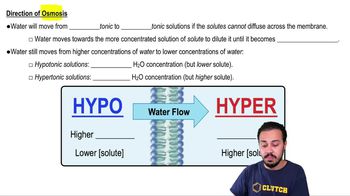Here are the essential concepts you must grasp in order to answer the question correctly.
Telomerase Function
Telomerase is an enzyme that adds repetitive nucleotide sequences to the ends of chromosomes, known as telomeres. This process is crucial for maintaining chromosome stability and preventing degradation during DNA replication, particularly in stem cells and cancer cells, where telomere shortening can lead to cellular aging and senescence.
Recommended video:
DNA Synthesis Direction
DNA synthesis occurs in a specific direction, from the 5' to the 3' end. This means that nucleotides are added to the 3' hydroxyl group of the growing DNA strand. Understanding this directionality is essential for grasping how enzymes like telomerase function and how DNA replication is orchestrated.
Recommended video:
Role of Telomeres
Telomeres are protective caps at the ends of linear chromosomes that prevent them from fusing with each other and protect genetic information during cell division. As cells divide, telomeres shorten, which is associated with aging and limits the number of times a cell can divide, making telomerase critical for cells that need to divide indefinitely.
Recommended video:
 Verified step by step guidance
Verified step by step guidance Verified Solution
Verified Solution



 4:25m
4:25m